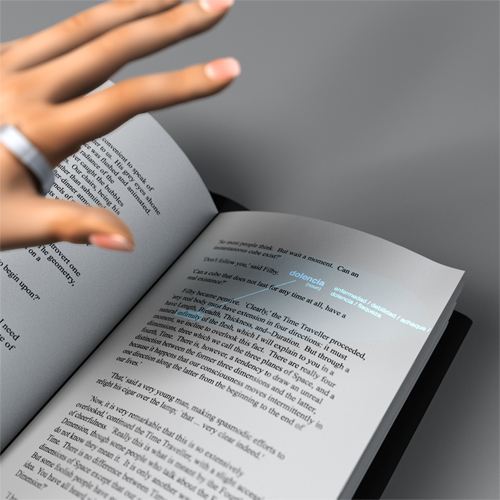Haptic Augmented Reality
Yesterday, I've stumbled upon the following paper - "Haptic Augmented Reality: Modulation of Real Object Stiffness" (Jeon and Choi), presented last week in the Eurohaptics conference, and thought it is an interesting idea. In the paper, the researcher use a pen like tool to change how stiff objects feel, as a first step for a more general haptic AR.Suppose that you are drawing something on a table with a penshaped
tool in your hand. Would it be possible that you may feel as
if you were drawing on a smooth piece of paper with a ball-point
pen or on a soft rubber pad with a marker? The tool may also guide
your hand to teach the art of East Asian calligraphy, preferably with
the feel of using a calligraphy brush on a piece of traditional East
Asian paper. Creating such haptic illusions belongs to the realm of
haptic augmented reality, although how to is yet to be researched.
Being so familiar with visual AR, I had hard time thinking of use-cases for haptic AR (apart from the one given in the paper above). For a while, I thought it shouldn't deserve to be called augmented reality. Then, two ideas popped to my head -
- The magnifier glass can be considered as one of the first AR devices, allowing us to see details beyond our normal perception. How about a magnifier glass for the sense of touch? Using a special glove, one would be able to feel every small imperfection in any surface. It can be a wonderful device for antique dealers.
- Haptic advertisements. In the last year we saw tons of ads augmented using visual AR techniques, it could be the same for haptic AR. Think about an ice-cream ad that feels cold, about an ad for a tropic resort that feels hot or about a stand-up club having tickly ad.



